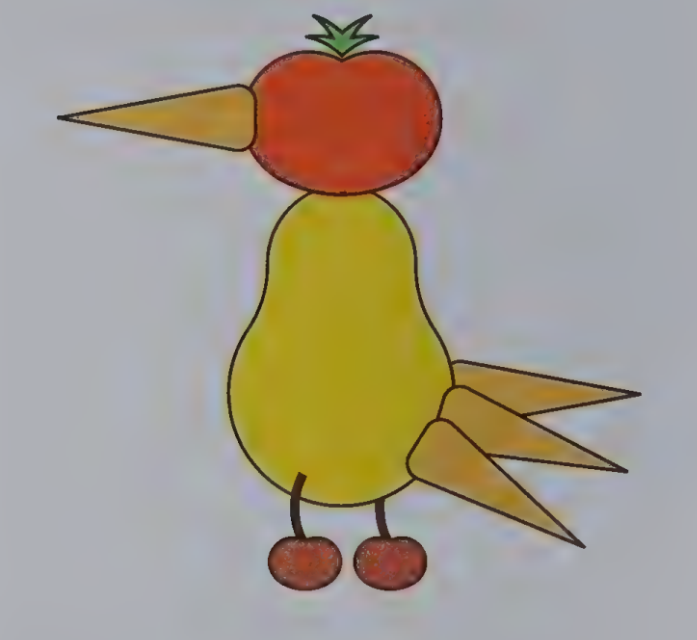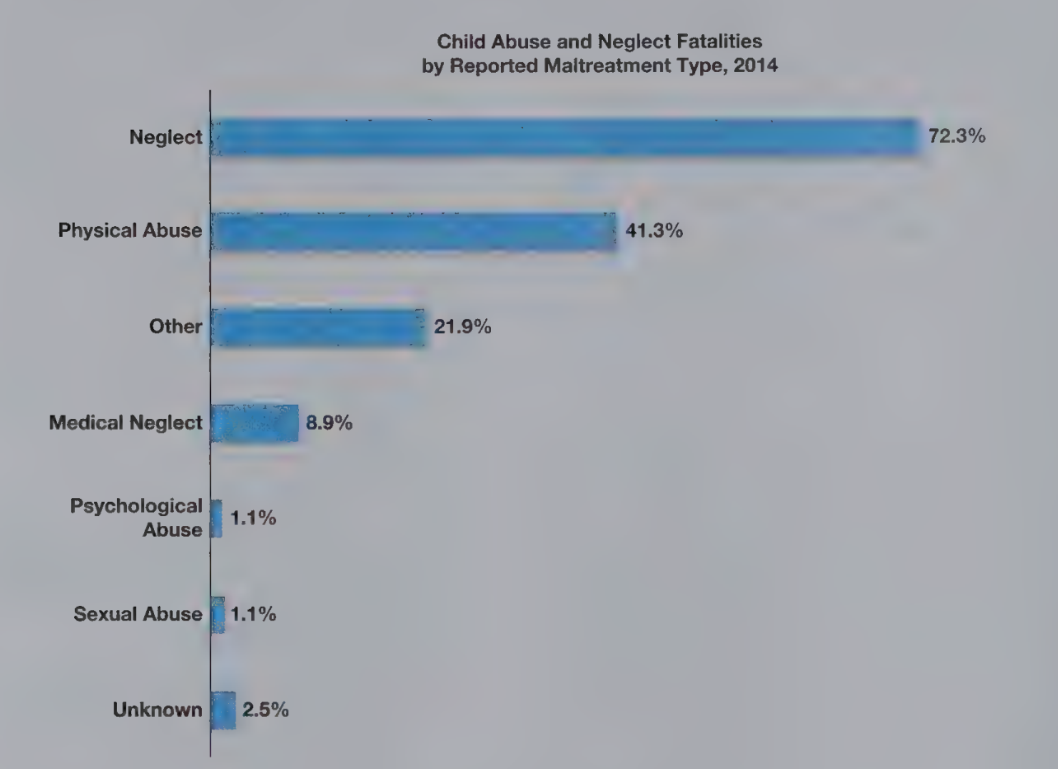Chapter 8: Physical development in preschoolers
1/28
There's no tags or description
Looks like no tags are added yet.
Name | Mastery | Learn | Test | Matching | Spaced |
|---|
No study sessions yet.
29 Terms

The average American 2 year old weighs ___-___lbs and is close to ____in tall
25-30; 36
By age 2 children’s brains are ___% the size and weight of the average adult brain and by age 5 children’s brains weigh ____% of the average adult brain
75, 90
The amount of myelin increases which adds weight and increases electrical impulse speeds
Malnourished children show delays in brain development. Less food = less myelin = less protected neurons
Lateralization
The process by which certain functions are located more in one hemisphere than the other
It becomes more pronounced during preschool years
Left vs right brain differences
Left
Excels in verbal competence tasks (speaking, reading, thinking, reason)
Processes information sequentially
Right
Excels in spatial relationships, pattern recognition, music, emotional expression
Processes information on the whole
They are still interdependent and differences are slight
Language abilities increase drastically between ___ and ___ years
1.5, 2

3-4 year olds look at the ____ of images and ignore the perimeter, 4-5 year olds look at the ____; 6-7 year olds look at the____
Insides, surrounding boundaries, outside systematically
Night terror
An intense physiological arousal that causes a child to awaken in a state of panic
Occur in 1-5% of children
Obesity
A BMI at or above the 95th percentile of the same age and sex
The just-right phenomenon
When children only eat certain foods, prepared in a certain way, and presented in a certain way. It is perfectly normal in young children and almost all preschoolers outgrow it.
Children experience ___ - ___ minor colds/respiratory illnesses between the ages of 3 and 5
7 - 10
It helps them build immunity, understand their bodies better, and have better empathy for sick people
The most common major illness in children is _____
Leukemia (when bone marrow produces an excessive amount of white blood cells)
More than 70% of children with childhood leukemia survive
Hospitalized 2-4 year olds frequently experience _____ due to separation from their parents
Anxiety
Older children may interpret the events as desertion/rejection from their family, which can manifest as fear of the dark or hospital staff
Assigning a “substitute mother” and allowing older children to participate in care decisions can help aleviate anxiety
Before age 10 children are __x as likely to die from injury than illness and a child dies from a preventable injury every __ seconds
10, 30
According to the Dept of Health and Human Services, _____ is the most severe threat to children younger than 6
Lead poisoning
It has been linked to lower intelligence, processing issues, hyperactivity, distractibility, aggression, delinquency, and death

Child abuse
The physical or psychological maltreatment or neglect of children that kills 1 in 5 children every day and 3 million children are victims of
Factors leading to child abuse
Vague demarcation between permissible and impermissible physical punishment (ex: spanking vs beating)
The privacy of child care in Western societies
Unrealistically high expectations of abilities to be quiet and compliant
Cycle-of-violence hypothesis
The theory that abuse and neglect that children suffer predispose them as adults to abuse and neglect their own children
Applies in 1/3 of people who were abused as children
Psychological maltreatment
Harm to children’s behavioral, cognitive, emotional, or physical functioning caused by parents or other caregivers through words, actions, or neglect
Ex: frightening, belittling, or humiliating children; threatening abandonment or death
Child neglect
Ignoring one’s children or being emotionally unresponsive to them
Potential consequences of psychological maltreatment
Low self-esteem, lying, misbehavior, underachievement in school, criminal behavior, aggression, murder, depression, suicide
Resilience
The ability to overcome circumstances that place a child at high risk for psychological or physical damage
Traits of resilient children
Affectionate, easygoing, good-natured, social, good communicators, intelligent, indepdendent
These are agreeable to caregivers and draws out positive responses

Advances in gross motor skills occur because of…
Brain development and myelination of neurons
They spend a lot of time practicing
The activity level is higher at age 3 than any other point in life
Increase in general physical agility
Genetic and environmental/cultural factors determine activity level
Ex: a docile infant will likely be a docile preschooler; cultural norms around acceptable behavior; parent’s discipline style
In regard to potty training, the American Academy of Pediatrics supports ______’s pov that ______
T. Berry Brazelton; there is no single time to start potty training and should begin when children show they are ready
Children have no bladder or bowel control until ____ months
12; and only slight control the following 6 months
Signs of potty training readiness
Staying dry at least 2 hours at a time
Having regular and predictable bowel movements and the desire to wear underwear
Indicating (through expressions or words) that they’re about to go
Having the ability to follow simple directions and go to the bathroom and undress alone
Expressing discomfort with soiled diapers
Asking to use the toilet
Handedness
A clear preference for the use of one hand over the other
Displays by age 5
____ handed people have more accidents and a greater risk of dying young than _____ handed people
Left; right
Stages of art in preschool years
Scribbling > Shape (age 3) > Design > Pictorial (ages 4&5)